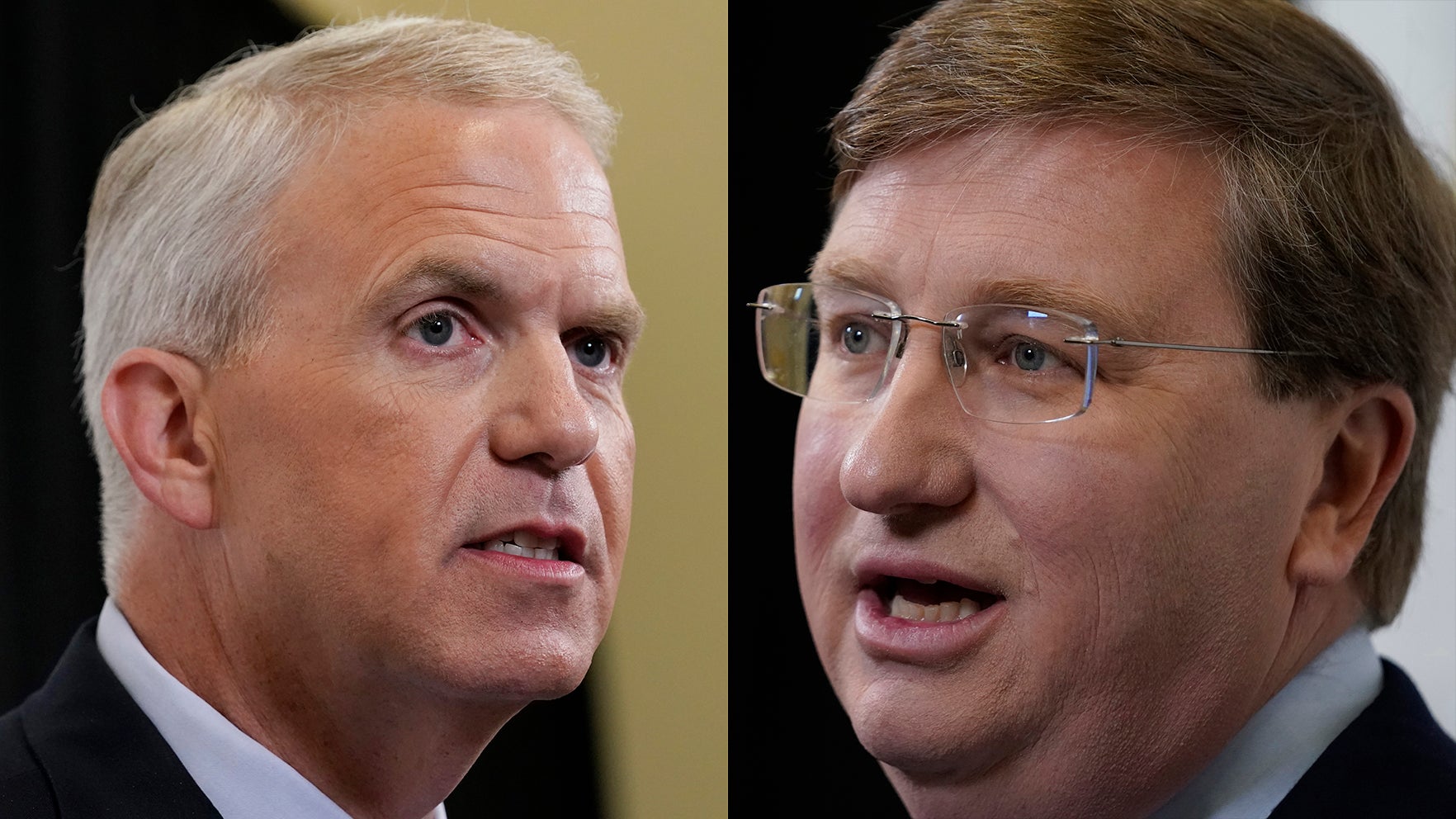Agencies will have to send $100 million more to state pensions
Published 12:15 pm Friday, June 29, 2018
JACKSON, Miss. (AP) — Public agencies in Mississippi will have to contribute another $100 million toward worker pensions beginning July 1, 2019, after a vote by the state Public Employees Retirement System’s board.
Citing projected shortfalls, the board voted Tuesday to increase the share of a worker’s salary that an employer must give from 15.75 percent to 17.4 percent.
Workers will continue contributing 9 percent of their own paychecks.
The retirement plan covers employees of state agencies, public schools, public universities, community colleges, cities, counties and some other entities such as hospitals.
The vote followed months of discussion, triggered by forecasts that the system wouldn’t meet a long-term goal of assets equal to at least 80 percent of liabilities by 2042. Kelly Breland, a retirement system board member who works at the Department of Mental Health, said the board’s own policies called for more funding.
“Having a duty to fund the plan, as part of my fiduciary duty, it was necessary to do it,” Breland said.
Today, the plan has 61 percent of assets needed to pay off future benefits, nearly $17 billion less than its projected needs. The vast majority what an agency contributes today goes to pay down the plan’s unfunded previous promises.
Lawmakers will have to decide whether and how to cover the state’s share in the 2019 legislative session, months before each of them will be up for election. Lawmakers have typically paid pension and insurance costs for state agencies, public schools, community colleges and universities out of the state budget. That would cost about $76 million, more than 1 percent of the $6.1 billion state budget. Some state agencies are paid for out of funds they generate themselves or that come from federal or special taxes.
Cities, counties and other agencies would have to pay another $23 million from their own coffers.
Outgoing Executive Director Pat Robertson said the change means current forecasts show the plan will be 100 percent funded by 2047. That could change, though, if the board again lowers its projected rate of investment returns.
“Even though we are projected to have a good growth of 9 percent this year, there is going to be pressure to reduce the assumed rate of return,” Robertson said.
The system’s decision to lower the assumed rate of return from 8 percent a year to 7.75 percent that contributed to the need to increase funding. The system’s actuaries presented calculations Tuesday showing the retirement plan would have only 69 percent of the assets needed to fund benefits in 2047 if the rate of return falls to 7.25 percent.
The board also voted to change the policy by which it evaluates funding levels. It will return to calculating how much is needed to pay off its unfunded liability in 30 years. In an effort to hold contributions level, the board had removed such a guideline, meaning the payoff period had increased to 38 years.
The board also agreed to start considering cash flow in making funding system. The plan has paid out more benefits than it has received in contributions in recent years, as state employees have decreased and retirees have increased. Because of accumulated investments, paying out more in benefits than is collected in contributions is sustainable, but only to a point.




